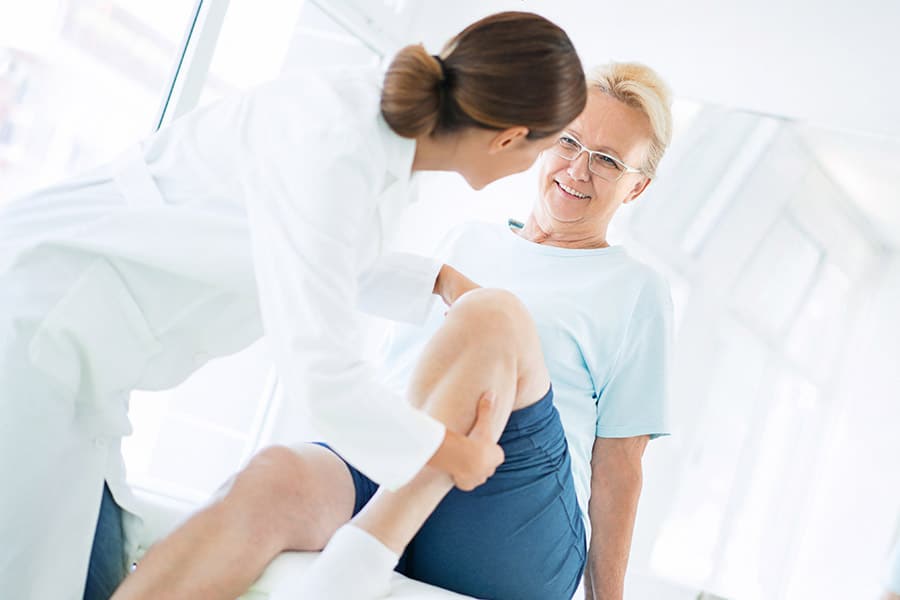Varicose veins are a symptom of chronic venous disease (CVD) or venous insufficiency and develop due to a reduced capability of transporting blood back to the heart against gravity. Varicose veins can often be seen as twisted, swollen and enlarged structures on the leg and are a common cosmetic concern. However, CVD is a progressive disease and as symptoms worsen the condition may require medical treatment.
Early signs of varicose veins
In its early stages venous insufficiency is almost always asymptomatic or only causes minor issues. These might not even be recognized as being linked to the disease. These minor symptoms include problems such sore and heavy legs, swollen feet, dry skin as well as the appearance of spider veins. However, when varicose veins start to enlarge and become visible as bulging and twisted structures in the leg they become an important cosmetic concern to many sufferers.
At this stage treatment of medical reasons is rare. Nevertheless, it is wise to consider these early warning signs of the disease as it has been suggested that early recognition and treatment can lead to better outcomes.
My legs are itchy – do I have varicose vein?
Dry skin itching can be an early symptom of varicose veins and venous insufficiency disease. However, there are also multiple other reasons for dry and itchy skin on the legs. Some common ones are:
Dry skin (medically: xerosis)
When skin becomes particularly dry it very often starts to itch. The itching is often associated with other issues such as scaly and flaking skin or even small cracks in the skin which might bleed occasionally. Dry skin may develop due to changing conditions such as climate, age and many other reasons.
Plants or bug bites
During summer bug bites are a common reason for itching legs. Especially when considerable time is spent outside in shorts or skirt. Skin irritations from touching plants like nettles or poison ivy is also common. Usually other symptoms include redness of the skin, swelling and hives.
Psoriasis
This condition is an immune-related disease and tends to not be limited to the legs and usually causes inflamed plaques on elbows, scalp and knees. These plaques can be very itchy and unfortunately there is no cure for psoriasis. Treatments exist, however, to relief symptoms.
Eczema
Eczema is a chronic condition which often leads to irritated, red and itchy skin. The condition can occur almost anywhere on the body; thus, legs might not be the only affected area.
Venous stasis dermatitis (also: venous eczema)
Varicose veins are damaged veins in the legs with reduced ability to transport blood upwards which can lead to blood building up inside of them. If the pooled blood starts to leak out into the skin, this is called venous stasis dermatitis or venous eczema. It is characterized by red and itchy skin around the area of the damaged vein. If especially serious these can even form sores which can sometimes release fluid and develop a scab on top of it. At that stage the condition tends to become incredibly itchy.

What to do when I have itchy legs?
Due to the broad range of possible causes it is best to seek medical advice. Your physician can help you to identify the cause of the itching and to find an appropriate and effective treatment.
Echotherapy for varicose veins